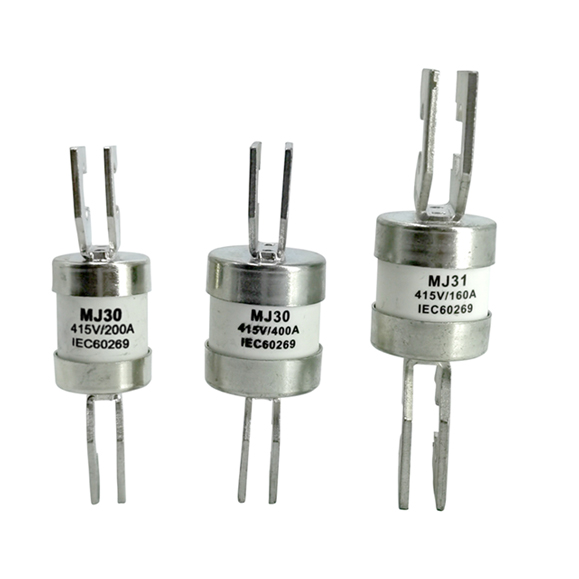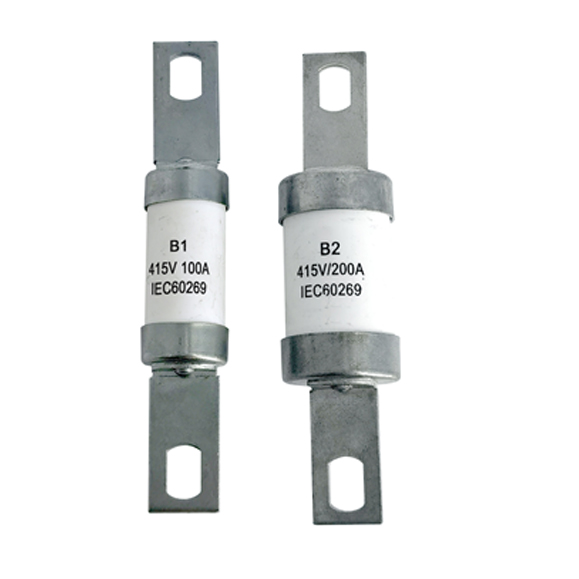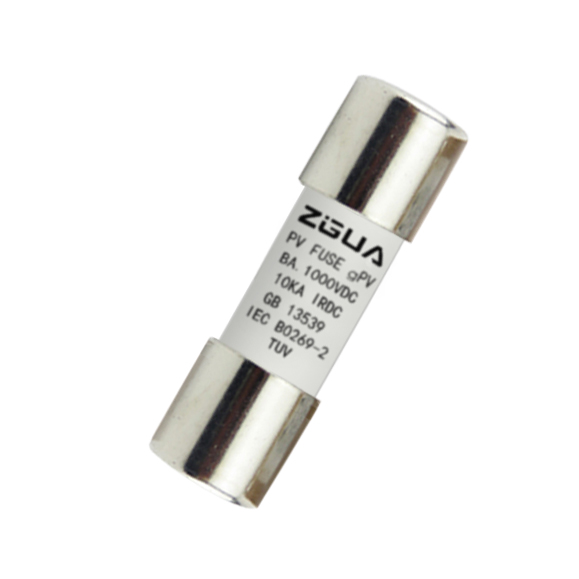How does a low-voltage fuse work? Decipher the working principle and function of the fuse!
How does a low-voltage fuse work? Decipher the working principle and function of the fuse!
Definition of low voltage fuse
What is a low-voltage fuse? A fuse is an important electrical component that protects a system from damage due to overload or overload. Its basic principle is that when the current exceeds a certain limit, the fuse will automatically cut off the circuit to protect the system.
Working principle of low voltage fuse
The working principle of the fuse is relatively simple. Its core component is a fuse. The characteristic of the fuse is that its melting point temperature is lower than the thermal resistance of other metals, so it can be melted quickly under extreme conditions. When the current passes through the fuse, if the current value exceeds the preset limit, the fuse will melt immediately. When the fuse melts, it acts like a switch, which immediately breaks the circuit, thus protecting the system from damage.
Low Voltage Fuse Types
(1) Classification by structure: open type, semi-closed type, and closed type
(2) Classification by use: general industrial fuses; fast fuses for protecting silicon components; fast and slow action fuses with two-stage protection characteristics; special purpose fuses, such as DC traction, rotating excitation, and self-resetting fuses wait.
Why does the fuse keep blowing?
(1) Poor contact or oxidation:
There is poor contact or oxidation at the line or switch.
Solution: Observe whether the terminal of the knife switch is oxidized, and use a screwdriver to tighten all the terminals, including the screws at both ends of the safety plate. Check whether the line connector is firm, whether the socket and the line are tightened, and whether the socket is qualified.
(2) Exceeding the rated power:
The fuse has a certain rated power. When the power of the electrical equipment exceeds the rated power of the fuse, it will blow out. The fuse is used to do this. You can count the total power of the electrical equipment and the maximum withstand the power of the wires used to decide whether to replace a thicker fuse or wire. Or use electrical equipment separately, especially during the peak period of electricity consumption, it is best not to turn on too much electrical equipment at the same time.
(3) There is a short circuit in the circuit:
There is a short circuit in the circuit, which generates a short circuit current, and the short circuit current is too large to fuse the fuse.
Solution: Check the short-circuit fault point in the circuit and repair it in time.
(4) The fuse is too thin:
If the fuse is too thin, it will blow immediately when a large current flows through the circuit.
Solution: Use a 30A fuse or fuse.
How to remove and replace the fuse?
(1) Find the location of the fuse according to different models. Usually, the fuse box is near the battery. The fuse box is generally fixed with buckles, and some high-end models also have bolts to tighten it. You need to carefully disassemble the box to open the fuse.
(2) Find out the fuse according to the legend carefully. Before taking out the fuse, you need to read it carefully according to the legend. Generally, it is easier to match the legend on the side where the fuse is easy to take out.
(3) Pull out the fuse with tweezers and replace it with a new one. The fuse box is generally equipped with a spare fuse, and it is far away from its fuse for identification. Use tweezers to take out the fuse and observe whether it is blown. If it is blown, replace it with a suitable spare fuse.
What is the difference between a high-voltage fuse and a low-voltage fuse?
According to the rated voltage, it can be divided into high voltage fuse, low voltage fuse, and safety voltage fuse. Generally speaking, fuses below 125V are low-voltage fuses. If they exceed 125V, they are medium-high voltage fuses. If they exceed 1KV, they are ultra-high voltage fuses, and there are also UHV fuses.
A high-voltage fuse is a widely used over-current protection device. Its main function is to provide short-circuit protection to circuits and circuit equipment, but some also have the function of overload protection.
The function of the low-voltage fuse is mainly to be connected in series in the low-voltage power distribution system for short-circuit protection, and some can also realize overload protection at the same time.
Expand knowledge:
What types of fuses are there?
(1) According to the breaking capacity, it can be divided into breaking capacity fuse and low breaking capacity fuse.
(2) According to the standard, it can be divided into European fuses, American fuses, and Japanese fuses.
(3) According to the protection form, it can be divided into an overcurrent protection fuse and overheating protection fuse.
(4) According to the rated voltage, it can be divided into high voltage fuse, low voltage fuse, and safety voltage fuse.
(5) According to volume, it can be divided into large fuse, medium fuse, small fuse, and micro fuse.
(6) According to the fusing speed, it can be divided into super slow fuse, slow fuse, medium speed fuse, fast fuse, and super fast fuse.
(7) According to the shape, it can be divided into flat tubular fuses, pointed tubular fuses, guillotine fuses, rotary fuses, blade fuses, flat fuses, interior fuses, and patch fuses.
About fuses, here are some must-know and practical tips, if you still have questions or need help with fuses. You can follow us and we will regularly update the content you want to know.

 English
English 中文
中文 Pусский
Pусский Français
Français Español
Español






